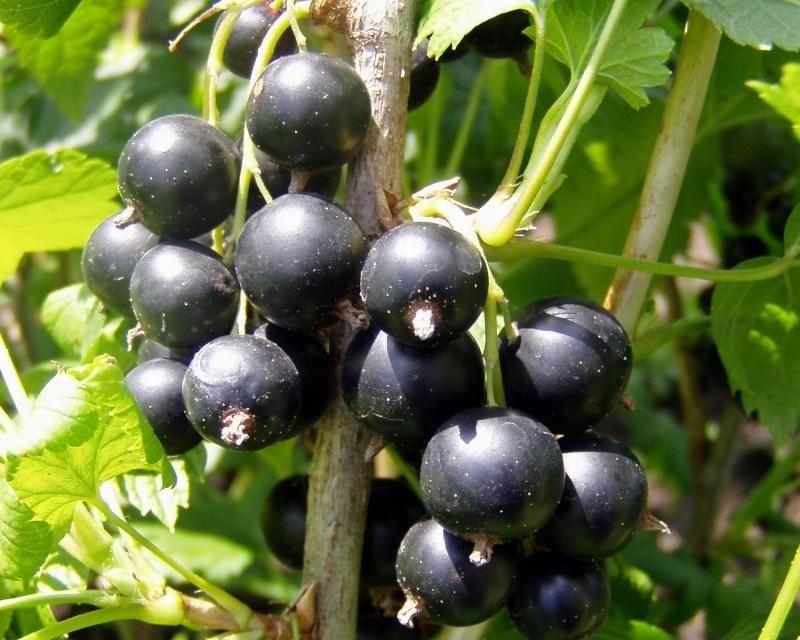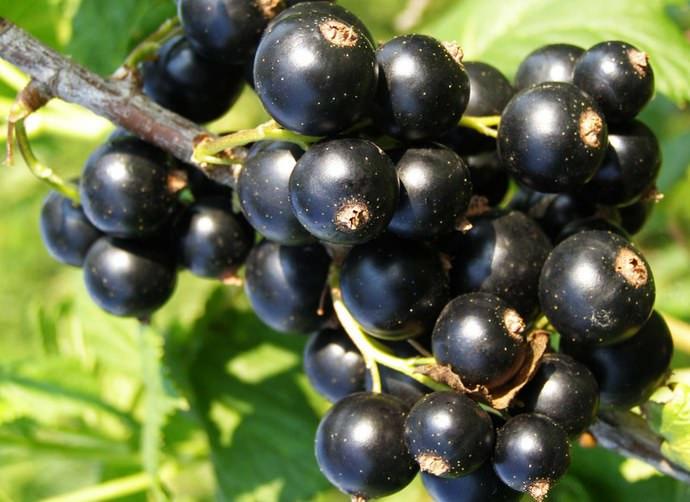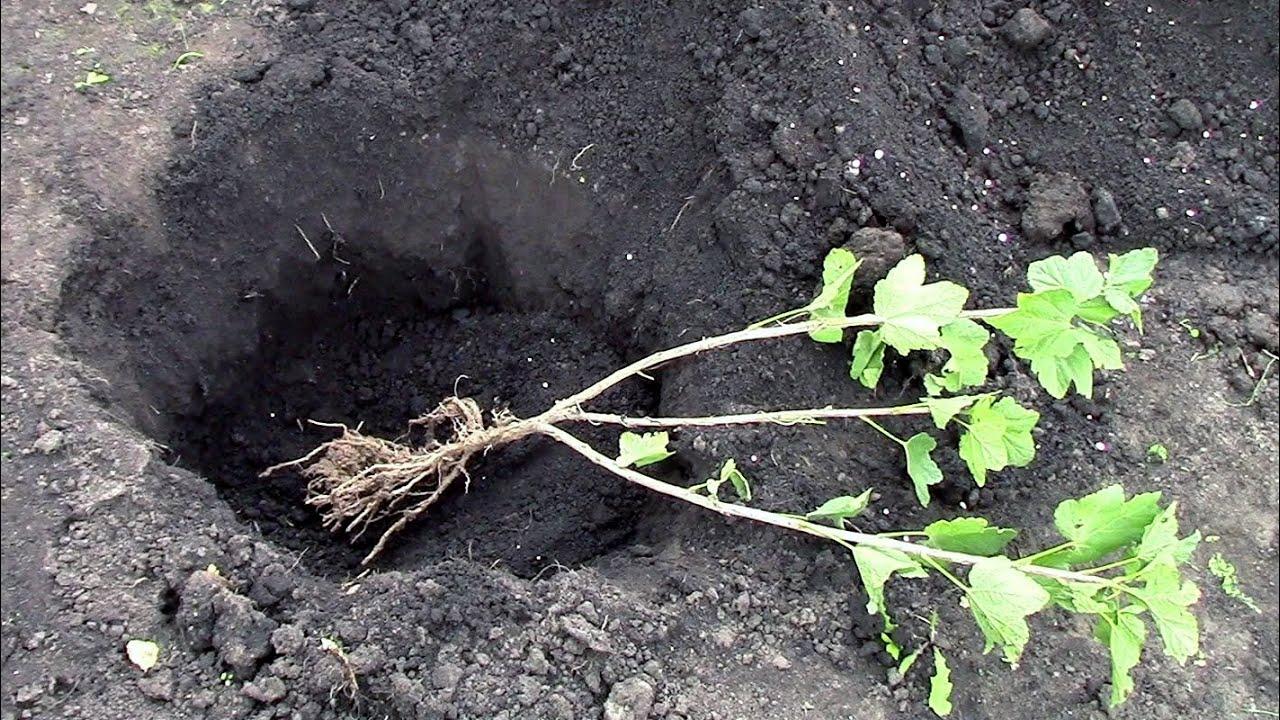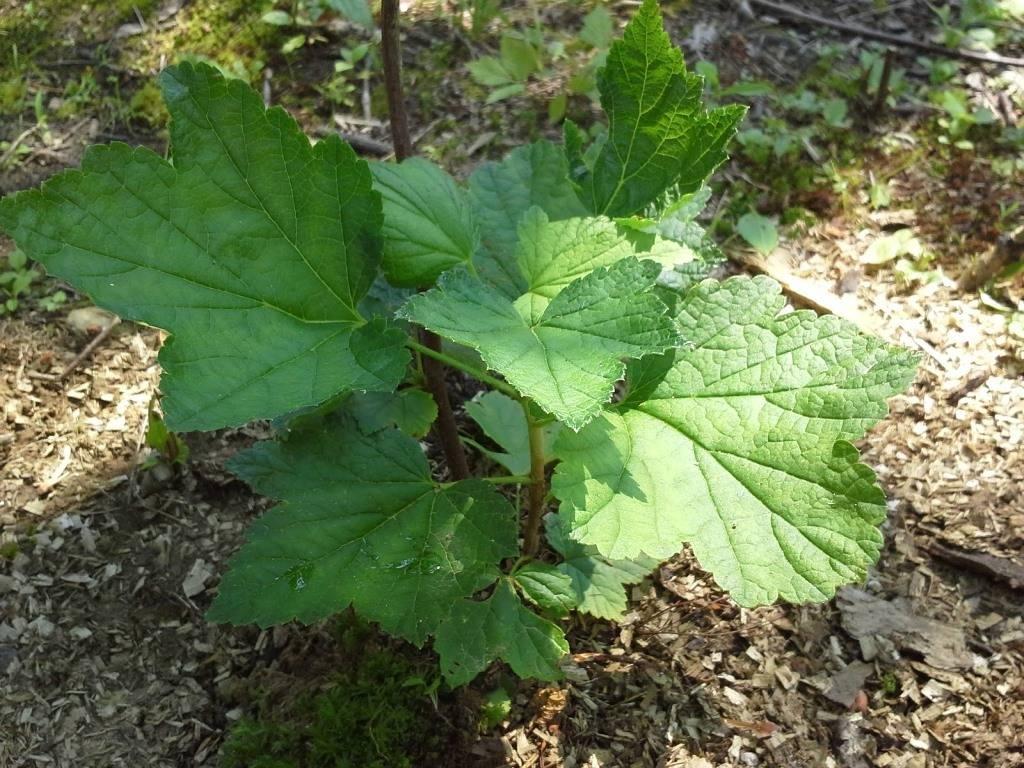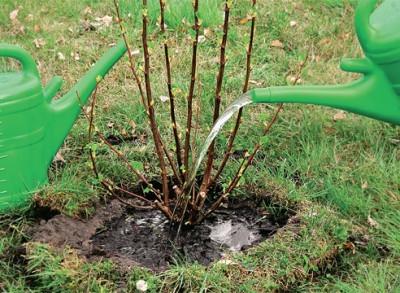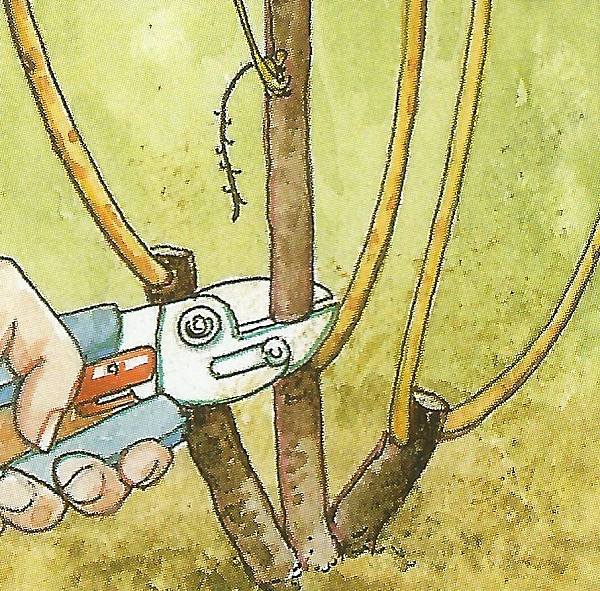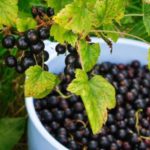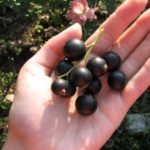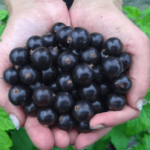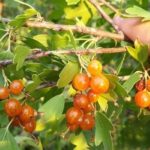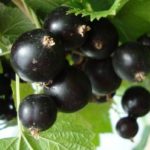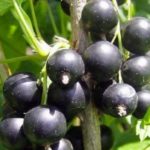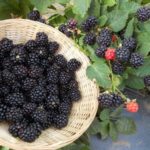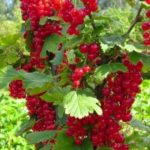Harvesting currant bushes every year is not that difficult. The gardener needs to choose from the varieties one that will not require a lot of effort and time to grow, but will bring tasty fruits. This description corresponds to the currant variety Bagheera. It is winter-hardy, unpretentious in care, and also bears fruit abundantly.
- History of selection
- Advantages and disadvantages of the large-berry variety Bagheera
- Description of culture
- External characteristics of the bush
- Productivity of the variety
- Frost and drought resistance
- Susceptibility to diseases and pests
- Growing Tips
- Suitable climatic conditions
- Required soil composition
- Best neighbors varieties
- Step-by-step process of planting black currants
- Selection of seedlings
- Site preparation
- Dates and place of landing
- Currant bush care
- Irrigation and fertilizing
- Trimming
- Preventative treatments
- Shelter for the winter
- Reviews from gardeners about Bagheera currants
History of selection
This medium-late ripening variety was obtained at the Michurin Institute. To obtain it, the varieties Minai Shmyrev and Bredtorp were crossed. Crossing was carried out by K.D. Sergeeva and T.S. Zvyagina.
Advantages and disadvantages of the large-berry variety Bagheera
Advantages:
- winter-hardy;
- drought resistant;
- transportable, lightweight;
- self-fertile;
- precocious.
Flaws:
- not too resistant to powdery mildew;
- susceptible to bud mite;
- easily gets burned in direct sunlight.
Description of culture
A distinctive feature of this variety is winter hardiness. However, the gardener needs to take other characteristics into account.
External characteristics of the bush
The leaves of the bush are five-fingered. Leaf color ranges from light green to dark green. The leaf blade is matte and smooth. The edges of the leaf are wavy. The flowers of the bush are of medium size and goblet-shaped.
Productivity of the variety
Bagheera bushes grow quickly. 12-24 months after planting the seedling, the gardener will receive a harvest. It is possible to collect 5 kilograms of fruit from one bush.
Frost and drought resistance
The variety is resistant to low temperature conditions. It also tolerates summer heat and exposure to direct sunlight.
Susceptibility to diseases and pests
The variety is poorly protected from bud mites. Buds that are affected by mites do not produce healthy shoots and carry diseases such as terry and mosaic. An effective method of controlling mites is to treat the bush with acaricides (Neoron, Apollo).
You can also spray the bush with a solution of colloidal sulfur.
Growing Tips
So that the work of planting currants is not in vain, it is necessary to take into account factors such as climate and soil composition. Even the plants that grow near the bush are important.
Suitable climatic conditions
22 years ago, Bagira was included in the State Register of varieties that can be used in the North-Western, Volga-Vyatka, Middle Volga regions, as well as in the Urals, Western and Eastern Siberia. This means that Bagheera currants can be successfully grown in the climatic conditions of the listed subjects of the Russian Federation.
Required soil composition
It is necessary to plant seedlings in loamy, sandy loam soil with a neutral or slightly acidic reaction. The soil must be nutritious and loose. The groundwater level should not exceed 50 centimeters from the surface.
Best neighbors varieties
Red and yellow currants should not be planted next to black ones. Honeysuckle and cherry are doing well near the Bagheera bushes. Among herbaceous plants, onions, garlic, calendula, and marigolds are considered the best neighbors. For tomatoes, peppers, and potatoes, the phytoncidal elements produced by Bagheera will serve as protection against pests.
Step-by-step process of planting black currants
Bagheera has long been grown by gardeners in different regions of the Russian Federation. This popularity of the variety is due to the fact that it is very unpretentious in care.
The gardener needs to plant the seedlings correctly, and then in a year or two he will be able to reap an excellent harvest.
The landing algorithm is as follows:
- Removing part of the earth from the depression.
- Installation of planting material into the recess at an angle, straightening the roots.
- Careful backfilling with soil. You need to shake the shovel slightly so that the soil fills the voids present in the root system.
- Compacting and mulching the soil around the currant bush.
Selection of seedlings
Only healthy seedlings can guarantee the correct development of the bush and a good harvest. The rules for choosing planting material are as follows:
- It is advisable to choose young seedlings (annual, biennial);
- the roots must be powerful and strong. The minimum length is 200 millimeters. There should be no areas affected by rot;
- the upper part should include a pair of branches 30 to 35 centimeters long. The shoots must be elastic, covered with elastic bark that is not damaged.
Site preparation
You can prepare the area for planting 30 days in advance. The algorithm is as follows:
- Leveling the soil, removing weeds.
- Digging the earth, breaking large pieces of soil.
- Outlining a recess for planting (a circle with a diameter of half a meter). The depth of the hole should be from 40 to 45 centimeters. The upper, fertile part of the soil is removed to the side.
- Adding 3 kilograms of manure, 130 grams of granulated superphosphate, 170 grams of ash, 27 grams of potassium sulfate to the deposited soil. You can also use 200 grams of mineral fertilizers instead of all this.
- Filling the deposited soil into the hole.
- Pouring 2 buckets of water into the hole. This is necessary to compact the soil.
If the soil at the selected location is too acidic, liming is required. To do this, half a kilogram of dolomite flour or burnt lime is poured onto each square of land for digging.
Dates and place of landing
It is better to plant in the autumn or spring season. In autumn, currants must be planted in early October. This will allow the bush to adapt successfully. The bush will take root before spring, and when it gets warmer, it will begin to grow quickly.
In spring, planting must be done before the buds begin to swell.Otherwise, the time it takes for the bush to take root will increase significantly.
Currants need to be planted so that they are not exposed to the scorching rays of the sun. In addition, it is necessary to protect seedlings from wind gusts. To do this, it is advisable to plant bushes along the wall of the house or fence.
Currant bush care
The fact that a variety is unpretentious and hardy does not mean that it does not need to be looked after. Carrying out simple agrotechnical procedures will make it possible to strengthen the immunity of currants and reap a large harvest.
Irrigation and fertilizing
Watering should be frequent and plentiful, but do not be too zealous. The norm is five buckets per square. The soil should be moistened to a depth of 40 centimeters. Feeding can begin in the third year. For this you can use potassium sulfate. One bush requires 15 grams of fertilizer. Fertilizing is applied in the autumn season, when the harvest is harvested.
Trimming
Immediately after the bush is planted, half or even two-thirds of the length of its shoots is cut off. Then you need to follow this plan:
- In the spring of the second year, the formation of skeletal branches is carried out. For this, three to five of the strongest shoots are selected. Other shoots are cut off. Around July, pinching of two buds is performed on the skeletal branches.
- In the third and fourth spring, the five strongest shoots are selected from all zero shoots. Other shoots are cut off. The tops of branches that grew last year are cut off.
- As a result, after five years a strong bush is formed, which consists of three to four shoots of each age, but no older than five to six years.
Preventative treatments
Currant bushes need to be kept clean. This requires timely removal of weeds that attract pests.
The soil under the bushes and between the rows must be loosened regularly. This is required to ensure breathability and water permeability. This procedure must be performed at least once every 30 days, throughout the entire growing season. Every autumn, the soil around the currants and between the rows must be dug up to 15 centimeters.
Shelter for the winter
The variety can tolerate cold temperatures down to minus thirty degrees. Natural protection in the form of snow is sufficient. However, if snow does not fall, it is necessary to create a shelter. To do this, the bushes that are tied are wrapped in any material that allows air to pass through.
Reviews from gardeners about Bagheera currants
Gardeners speak positively about this variety and consider Bagira to be the best large-fruited currant. They note that the variety is vulnerable to bud mites and requires chemical treatments. If you properly care for currants, the disadvantages of Bagheera will be minimized, and the advantages will be fully revealed.

